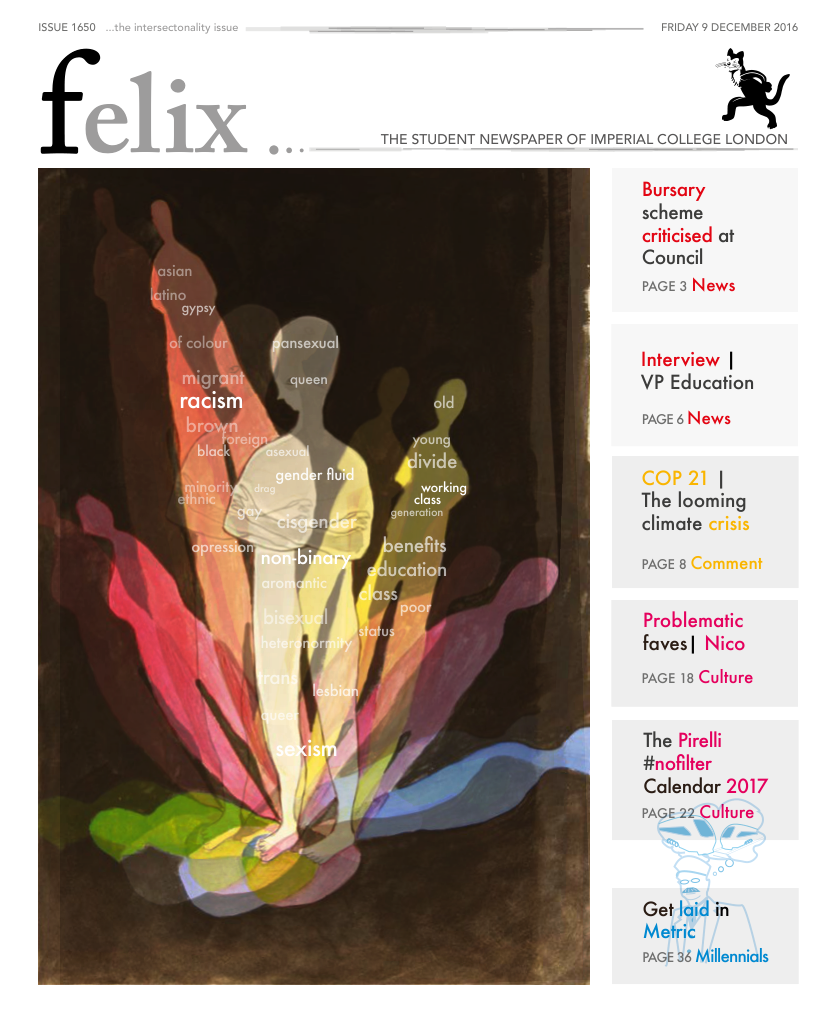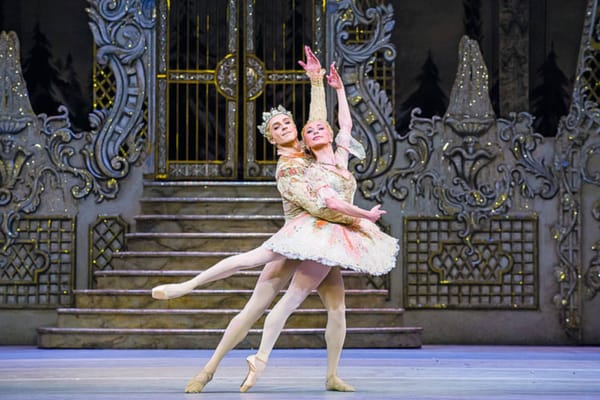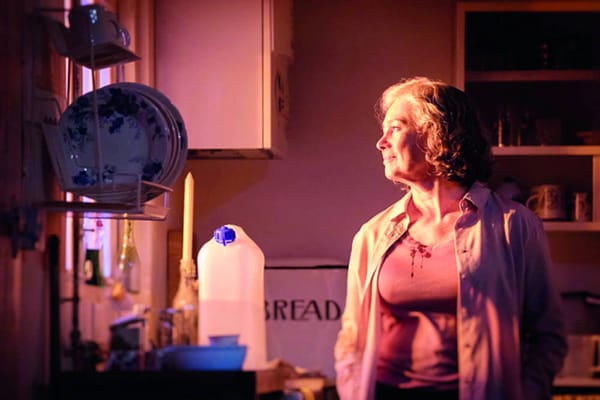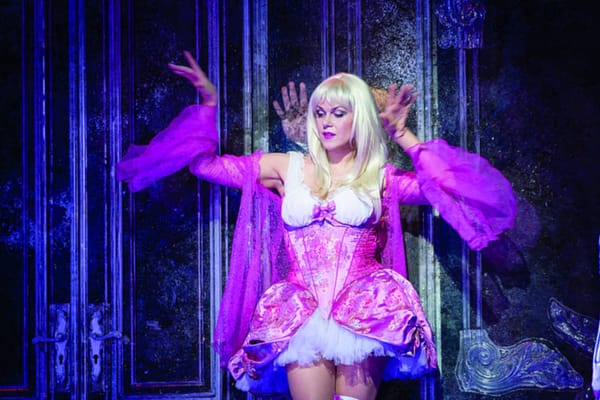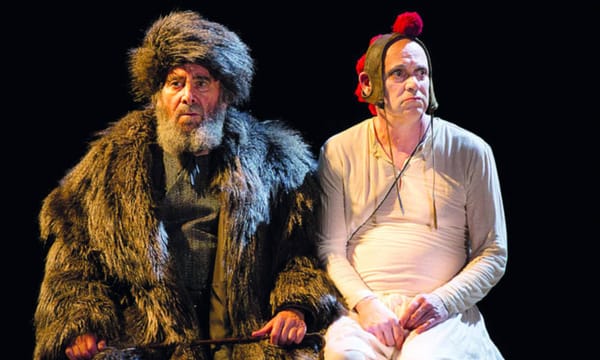Hooked on Peter Pan
Peter Pan is on at the National Theatre until 4th February 2017 || Tickets from £15
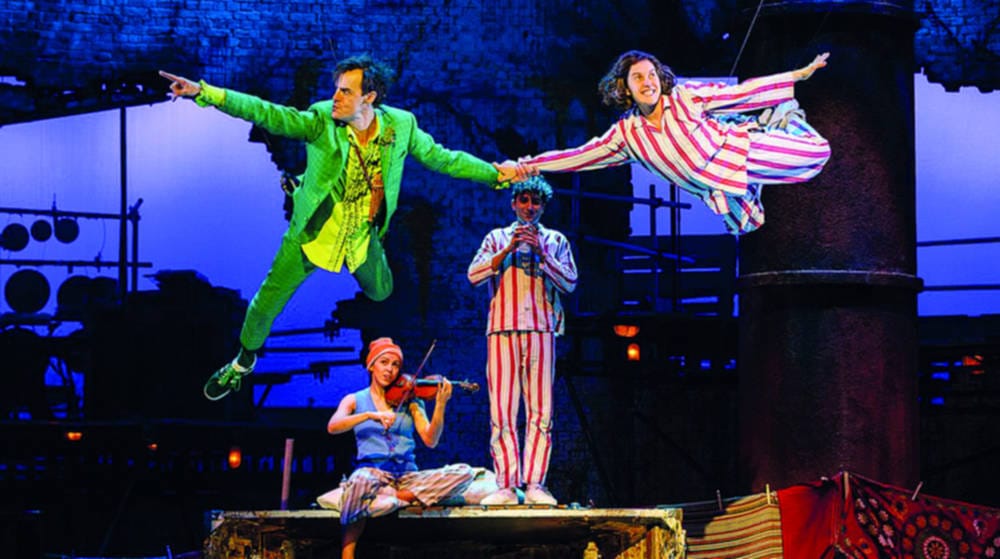
The story of Peter Pan, popularised by Disney in 1953, hardly needs any introduction. However, not everyone knows of its darker history. J.M. Barrie first invented the character in 1902 in The Little White Bird, a semi-autobiographical story about a small boy who is befriended by a lonely London bachelor. In actual fact, Peter Pan was based on the five boys of the Llewelyn Davies family who Barrie came to know. There have been some questions raised about the exact nature of Barrie’s interest in these boys; at any rate, he went on to become their guardian after the successive deaths of their parents. The final Peter Pan was a “demon boy”, a devilish character who Barrie originally specified as the villain of the story.
Like the boy himself, Peter Pan has been adapted into a multitude of shapes and forms. But from the moment Nana steps onto stage – a burly man dressed in a frilly nursemaid’s outfit – one gets the idea that Sally Cookson’s production will be a touch unconventional. Casting the middle-aged Paul Hilton as Peter is a masterful stroke that brings out the paradox of Peter’s stubborn refusal to grow up. The disconnect between Peter’s physical and mental maturity is jarring; despite his receding hairline, he has no idea what a kiss is, and curls up in his old perambulator with a teddy bear.
There is an underlying theme of maternal affection that few productions of Peter Pan manage to pick up. Barrie’s troubled childhood was overshadowed by his mother’s love for his elder brother David. When David died at a tragically young age in a skating accident, Barrie strived to replace him, dressing up in his dead brother’s clothes so that “even [his] mother should not know the difference”. Perhaps it is not such a surprise that Barrie’s Peter Pan returned home only to find the window barred and another little boy sleeping in his bed. The first title for Peter Pan was Peter Pan, or The Boy Who Hated Mothers. Startlingly, Captain Hook and Mrs. Darling were originally meant to be played by the same actress, throwing Peter and the mother figure into direct conflict.
Cookson’s production retains a frolicsome energy despite the melancholy at its heart
Sally Cookson, the director, returns to this original casting: Anna Francolini tucks her children lovingly into bed as Mrs. Darling, but makes a frightful Captain Hook who unhesitatingly disembowels a sailor for wanting his teddy. As with the other characters in the play, Captain Hook is more than just a one-dimensional bad guy. For all her piratical swagger and bluster, she is really a balding, desolate woman pursued by Tick Tock the crocodile, a thinly veiled metaphor for the closing jaws of Time. Her obsession with Peter Pan is a twisted version of maternal love. And while Peter triumphs over Captain Hook, he ultimately fails to take Wendy from Mrs. Darling at the end of the play.
For the many children in the audience, such ideas of growing up and abandonment probably went right over their heads. But there was no shortage of things to keep them entertained. Flashing lights, floating planets, thrilling fight scenes and the suitably buccaneering Captain Hook made for a riveting two hours that lived up to the wild imagination of its author. Best of all, if you’re going to have characters that can fly, you might as well make good use of them. As Peter and Wendy soared out across the audience on their “fairy strings”, the cheering audience certainly agreed.
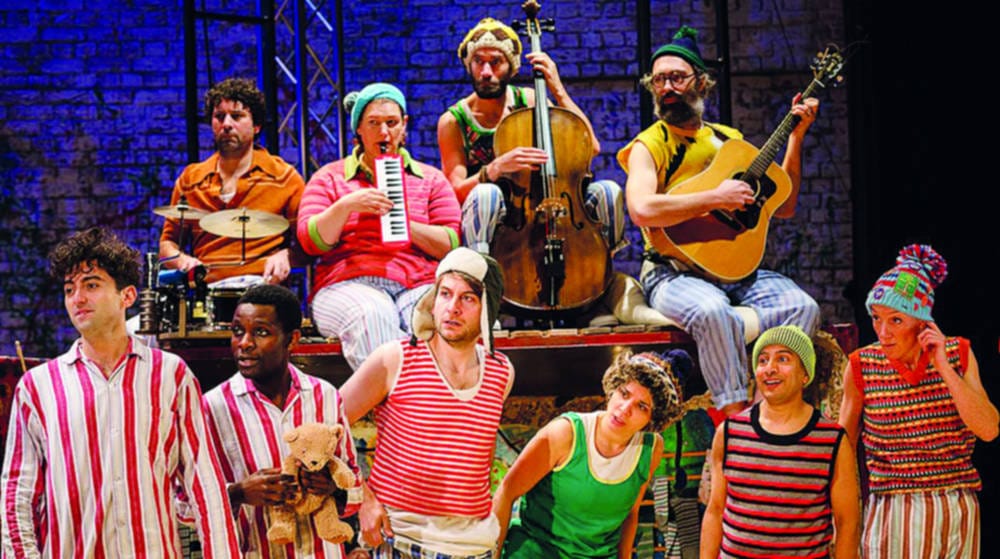
Sally Cookson’s take on Peter Pan is refreshing, if only because bowdlerised versions so rarely attempt to capture the essence of J.M. Barrie’s “terrible masterpiece”. As with the original incarnation, Cookson’s production retains a frolicsome energy despite the melancholy at its heart. This bittersweet production is definitely for grown-ups too – even if, like Wendy at the end of the play, we have already “forgotten how to fly”.

